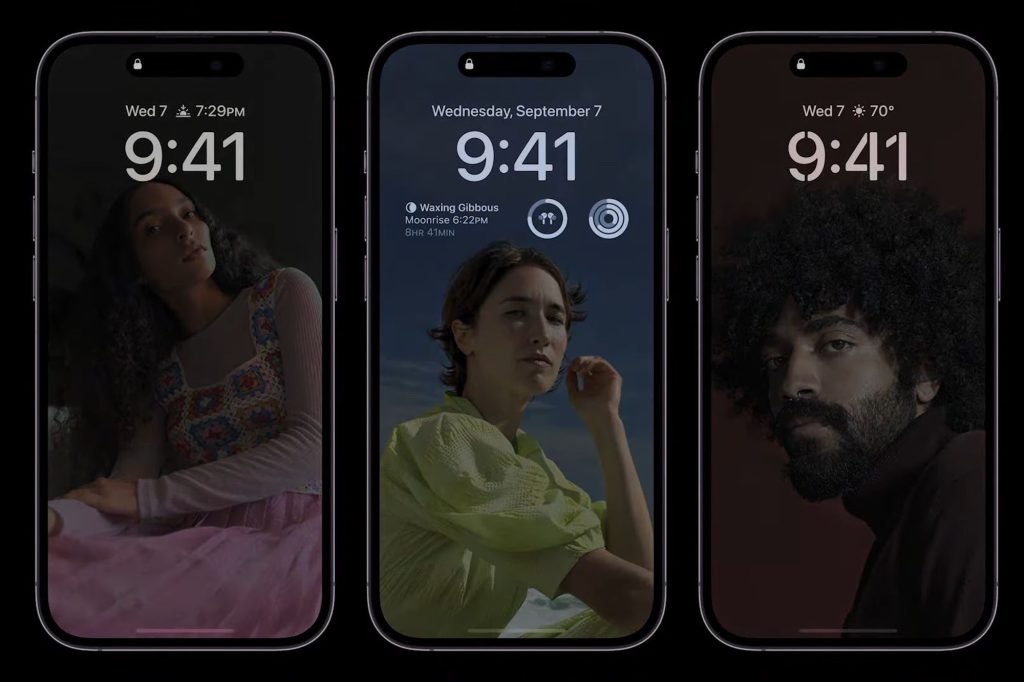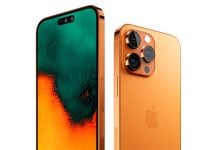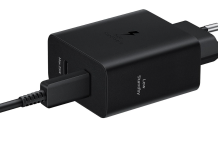“Designed in California, Assembled in China.” This phrase is likely a familiar one to many of you, as it is often found on Apple products. Despite putting in significant effort to develop its products and not being fond of relying on outside companies, Apple does not have its own production facilities. For instance, it must collaborate with manufacturers such as TSMC. One of these collaborations appears on display technologies. Apple is reportedly planning to develop its own custom MicroLED displays for its devices, with the aim of having greater control over product design. Here are the details…
As Apple Embraces MicroLED Tech, Samsung and LG Retain Their Roles
Apple has long been collaborating with manufacturers like Samsung Display and LG for the screens used in their devices. According to recent reports, this collaboration is expected to strengthen even further. The company is reportedly planning to develop its own custom MicroLED displays for devices, aiming for greater control over product design. The tech giant is said to be transitioning its devices from OLED to MicroLED displays, starting with the Apple Watch in 2024 or 2025, followed by iPhones, iPads, and eventually MacBooks. So what is the difference between these two display technologies?

OLED and MicroLED are two types of screens. OLED screens use special materials that light up when electricity is used, making them thin and flexible. They show deep blacks and have fast response times. MicroLED screens use tiny LEDs that light up one by one. They also have deep blacks but can be brighter and last longer than OLEDs. However, MicroLEDs are newer and more expensive to make.
MicroLED display production remains challenging, and manufacturing costs are higher. As a result, Apple will likely continue to source components from Korean manufacturers to save on mass production costs.However, it’s worth noting that the tech giant doesn’t rush when it comes to change. For example, even though the first iPhone with an OLED screen was released in 2015, we continued to see IPS technology until the iPhone 12 series. And even today, MacBook models still haven’t completed this transition.
RELATED:
- OnePlus Ace 2 GENSHIN IMPACT XIANGLING Edition Phone Unboxing
- iOS 17 may feature lock screen sharing, customizable App Library, revamped Apple Music
- Honor Develops Industry-leading Foldable Smartphone Display with No Rivals
- Hisense Patents a Dual-Screen Smartphone with Front and Rear Displays
- Itel Smartwatch 2ES With 1.8-inch Display, 12 Days Battery Life Launched In India
(via)







